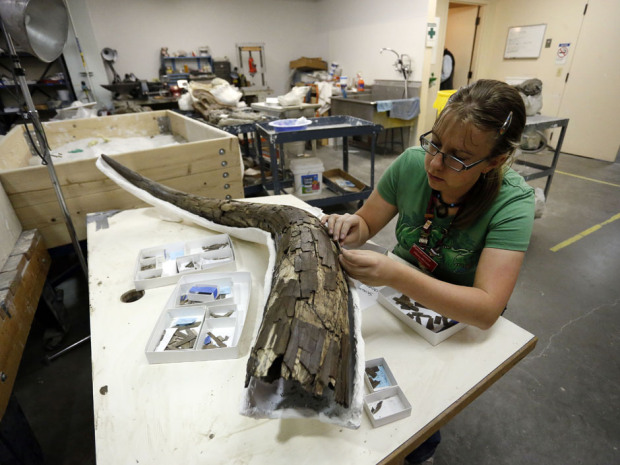OF THE
TIMES
Exciting to see extreme weather forecasts with an item that requires dusting off the record books. 958 mb lowFor reference, a 958 millibar low pressure system is as low as the central pressure for some tropical storms and nearly that of some hurricanes. For example Hurricane Sandy had a central pressure of 940 mbar or 27.76 inHg.
Total sea ice extent on the northern hemisphere since 2005. The ice extent values are calculated from the ice type data from the Ocean and Sea Ice, Satellite Application Facility (OSISAF), where areas with ice concentration higher than 30% are classified as ice.
The total area of sea ice is the sum of First Year Ice (FYI), Multi Year Ice (MYI) and the area of ambiguous ice types, from the OSISAF ice type product. However, the total estimated ice area is underestimated due to unclassified coastal regions where mixed land/sea pixels confuse the applied ice type algorithm. The shown sea ice extent values are therefore recommended be used qualitatively in relation to ice extent values from other years shown in the figure. In late 2012 sea ice climatology and anomaly data will be available here.
COI | Centre for Ocean and Ice | Danmarks Meteorologiske Institut

Comment: Superbomb winter storm predicted for Northeastern U.S. at Christmas